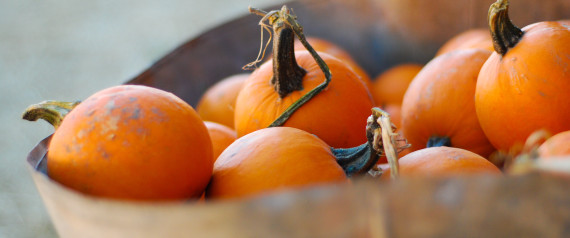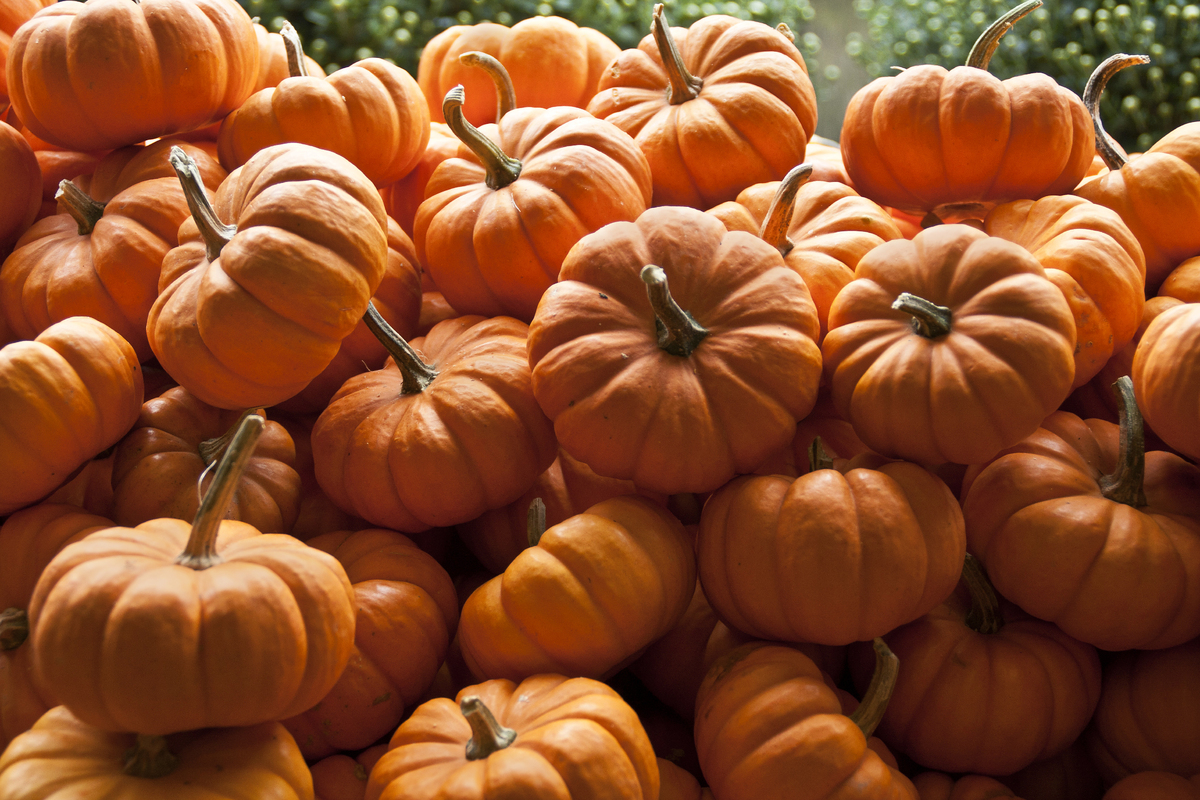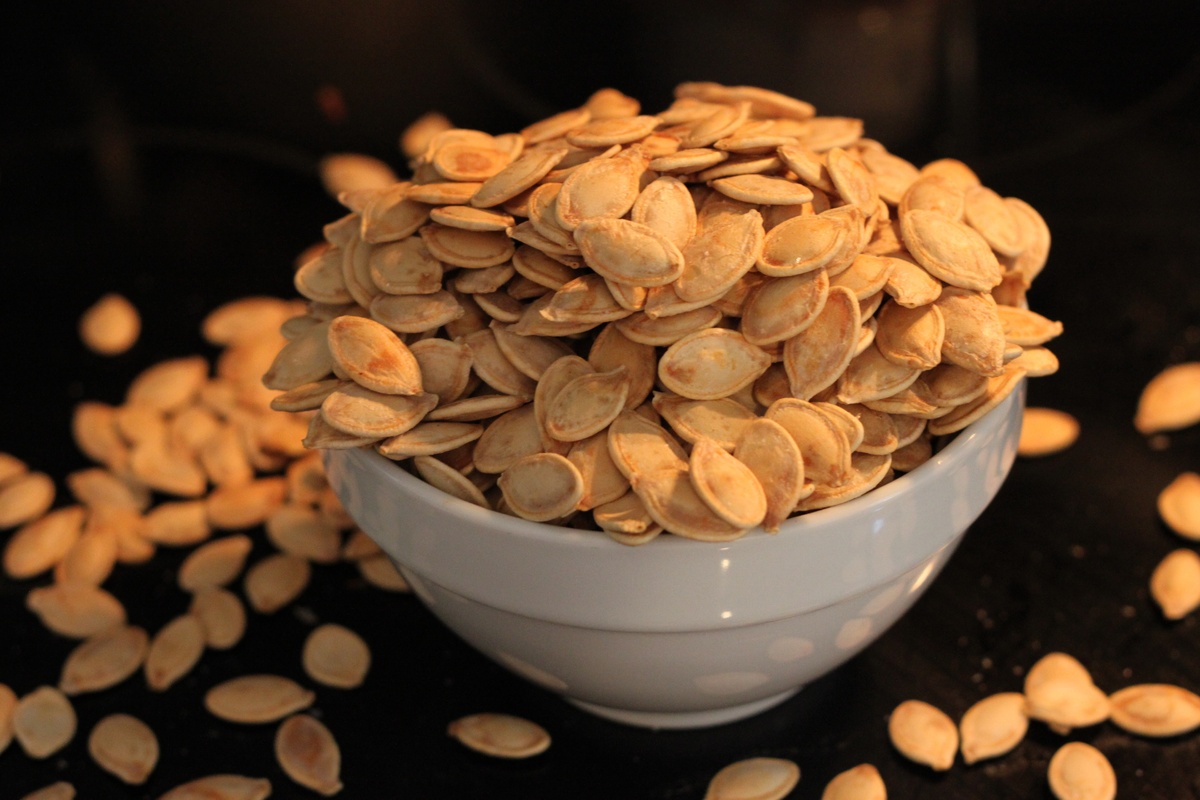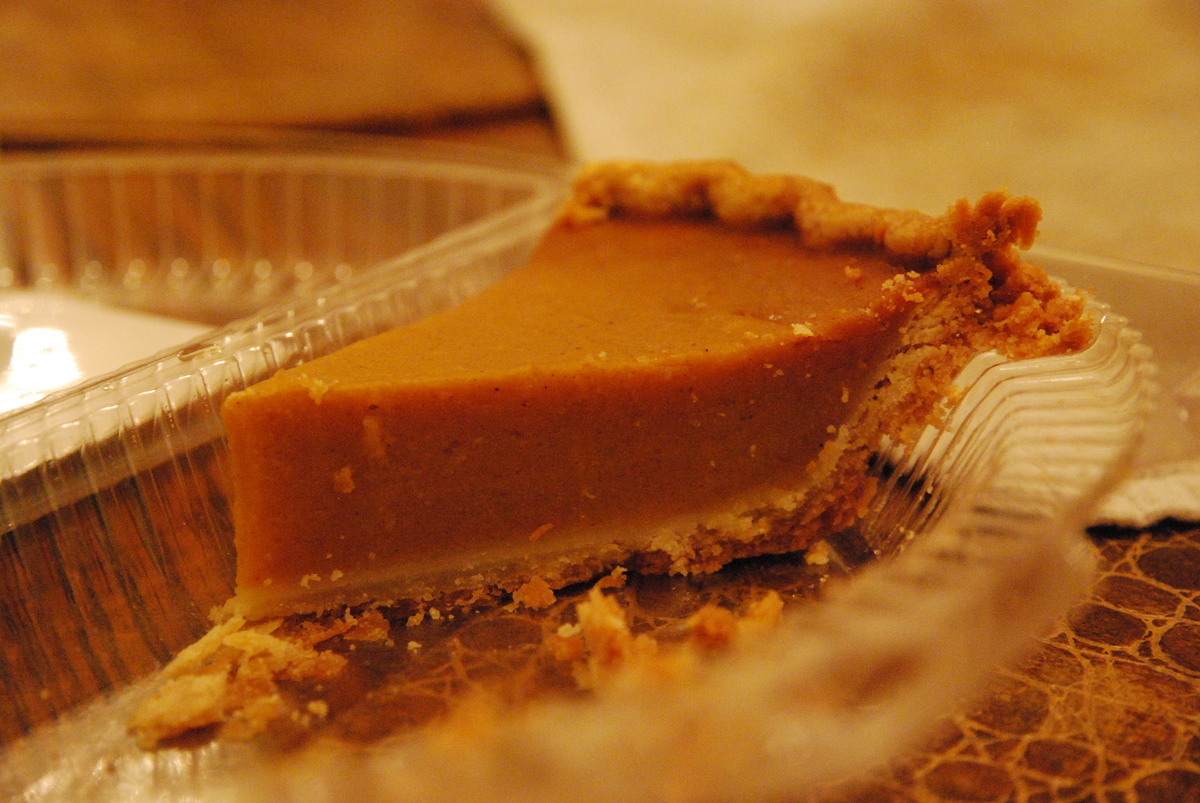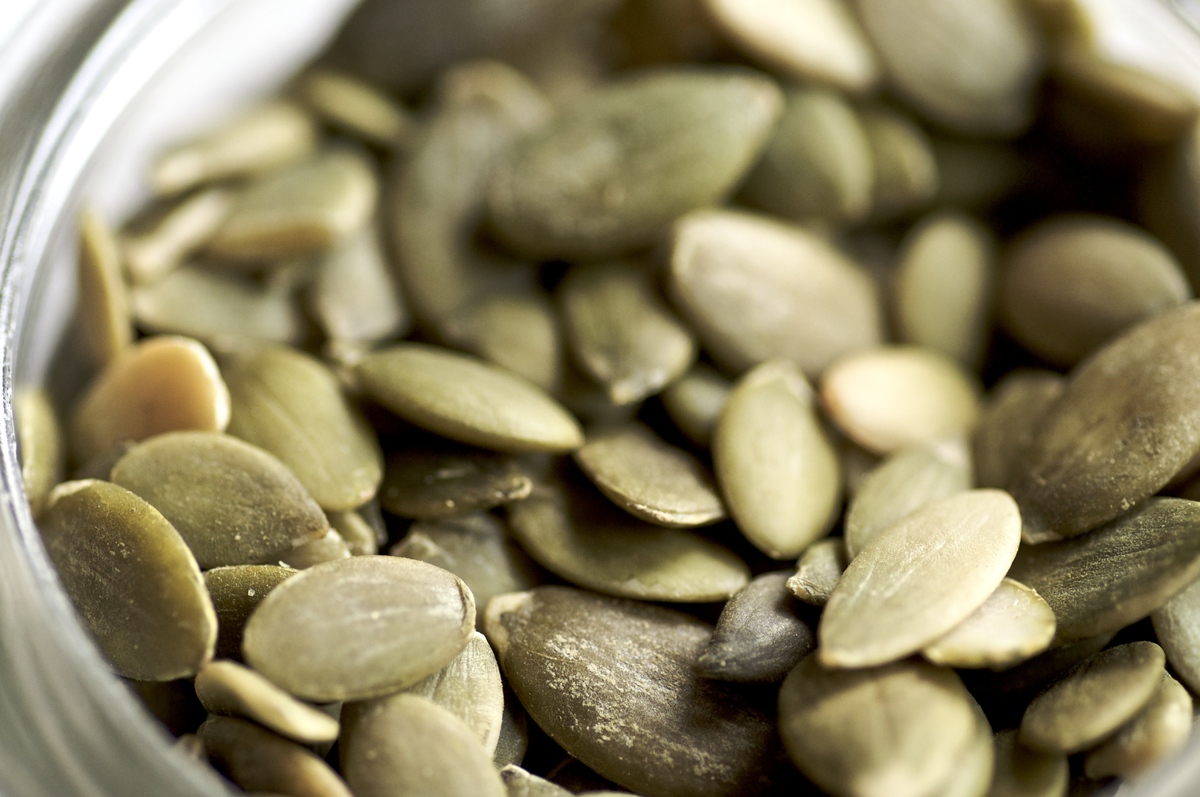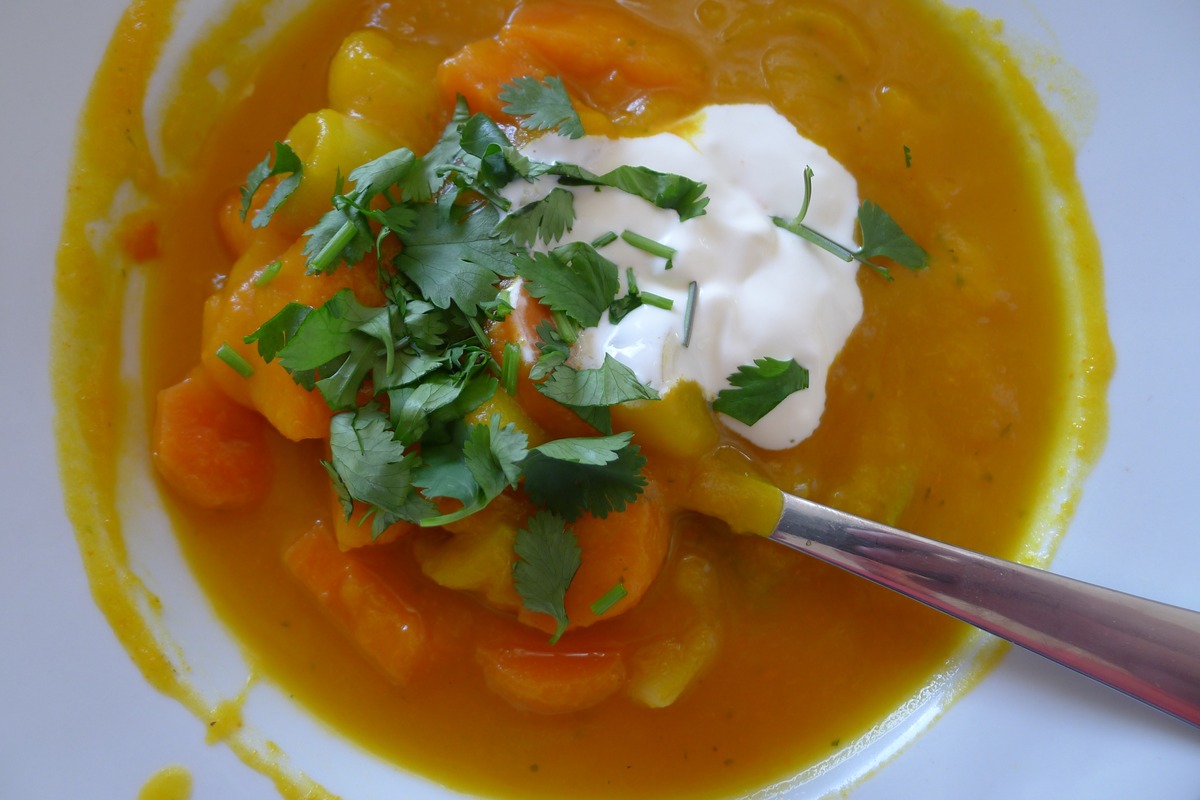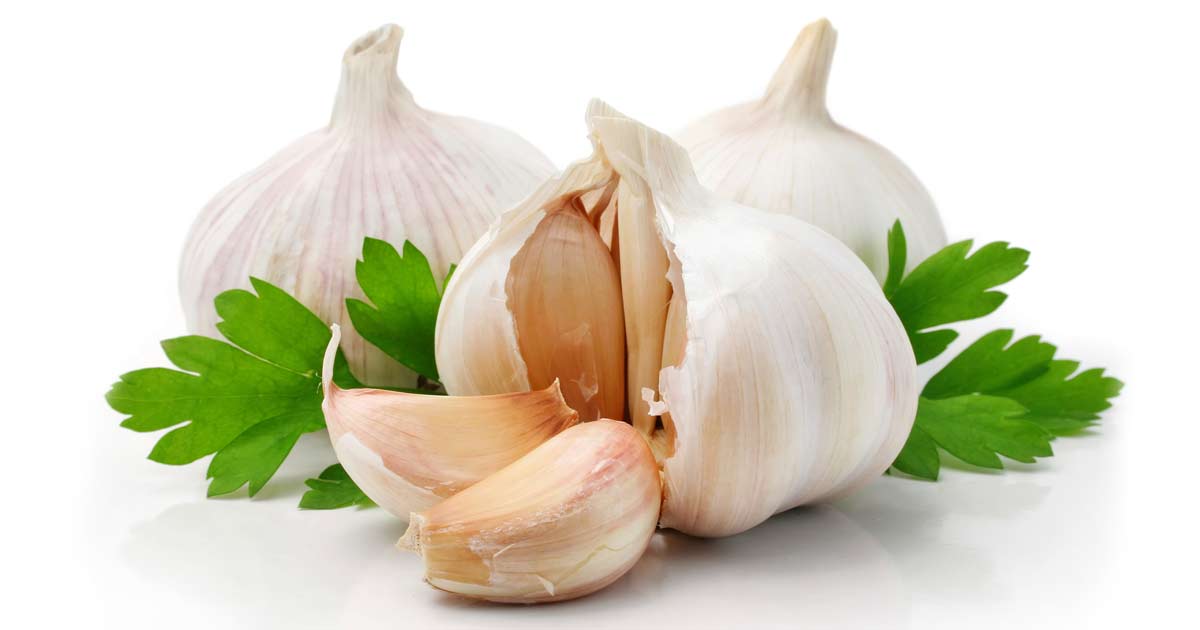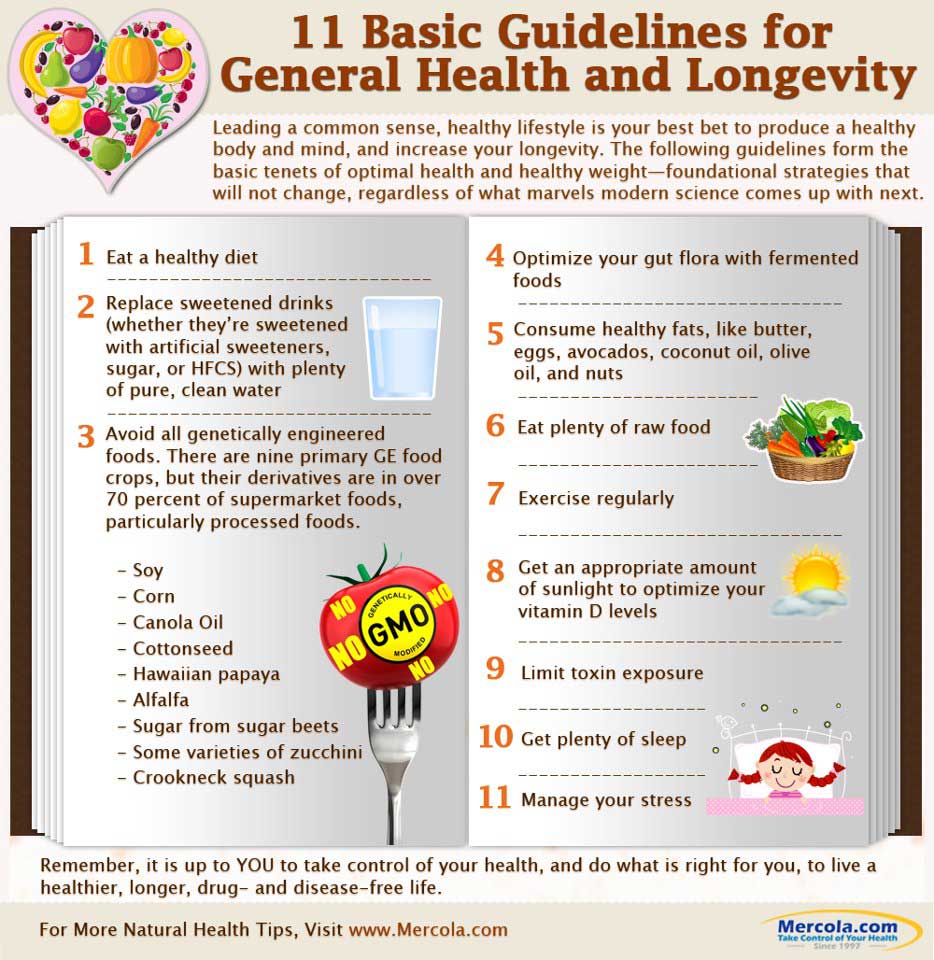One Japanese legend says that, once upon a time there lived a happy
man who received priceless knowledge from his father – the knowledge of
the longevity point or a point of a hundred diseases
Following the advice of his father, the son massaged this point every
day and he lived to see the birth and death of several emperors.
The massaging of some points is one of the oldest methods of treatment in the East, which has been used for thousands of years.
Overall, the human body has 365 points and 12 main meridians, which is the same as the number of the days and months in one year.
The effects of these massages (acupressure, finger pressure to certain points), is based on the theory of the meridians and channels that are connected to certain organs.
In Chinese medicine, the body is seen as an energy system, and therefore, the massage can affect the flow of energy and the functional activity of the organs.
The activation of the Zu San Li point causes a permanent rejuvenating and healing effect, delaying of the aging. In China, this point is known as – “the point of longevity” in Japan – “the point of a hundred diseases”.
Where is the magic point (Zu San Li) in our body?
The point of longevity is located below the kneecap. In order to find it, you should cover your knee with the palm of the same hand. The point is located between the ends of the little finger and ring finger, in the form of a small dent between the bones.
You can find in another way as well.
You have to sit on the floor, firmly press your feet to the floor and pull them towards you, do not raise your heels from the floor.
You will notice that below the knee there is a higher area. Find the highest point, put your finger on it and take a starting position.
The point at which you pressed your finger is the point – Zu San Li.
What is this point in our body responsible for and why do the Japanese call it – A point of a hundred diseases?
– It controls the work of the organs that are located in the lower half of the body
– It controls the work of the spinal cord in the parts that are responsible for the proper functioning of the gastrointestinal tract, digestion tract, genital organs, kidneys, adrenal glands.
By massaging the Zu San Li point you can increase the activity of the adrenal glands, the most powerful glands that act as the main defender of human health.
They excrete adrenaline, hydrocortisone and other important hormones into the blood.
If you massage “the point of longevity” every day, you can normalize the work of the adrenal glands, which perform the following functions in the organism:
– Normalization of the blood pressure
– Normalization of the glucose, the insulin
– Elimination of the inflammatory processes in the organism
– Regulation of the immune system
Also, by massaging the Zu San Li point, you can:
– Improve digestion
– Heal diseases of the gastrointestinal tract
– Treat the effects of a stroke
The massaging of this point will help you to increase your confidence, eliminate the stress and tension and find inner harmony.
By massaging this point, you can cure many diseases, including hiccups, constipation, gastritis, incontinence.
How can you affect the “point of longevity”?
It is better to massage the Zu San Li point in the morning, before lunch, 9 times in a circular motion in a clockwise direction on each leg (9 times on one and nine times on the other leg). You should do this for 10 minutes.
Before the beginning of the massage you should take a comfortable, relaxed position (sitting). Calm the breathing and concentrate yourselves on your feelings. Place yourselves in a state of harmony and understanding that you are beginning the healing process. This massage has a stimulating effect.
You can massage the point with your fingers or with any grain (buckwheat, oats, rice, etc …).
Also, you can stick to this point a half of a garlic clove and leave it on for 1-2 hours (until the skin turns red).
The massaging of the Zu San Li point in the evening is suitable for weight loss – they say, 400 to 500 grams per week. But do not massage it directly before bedtime, because you can cause insomnia.
You can massage the Zu San Li point every day, but the best effect is achieved during the New Moon.
– Eight days after the start of the New Moon, be sure to massage this point in the morning, alternately on each leg in the clockwise direction. This is the best time for a massage in order to strengthen the immunity, improve the work of all organs and slow the aging process.
– Before lunch, alternately on each leg, in the clockwise direction, in order to improve the overall tone, the memory, the work of the cardiovascular system and the digestive system.
– After lunch, simultaneously on both legs – against stress, nervousness and irritability, against headaches and sleep disorders.
In the evening, massage it in the counterclockwise direction, alternately on each leg, in order to improve the metabolism and help the weight loss.
Try it!





















